Culture of Costa Rica, Costa Rica, a small Central American nation located between Nicaragua and Panama, is celebrated for its remarkable culture that mirrors the country’s astounding biodiversity and natural beauty. The phrase “Pura Vida” is a central tenet of Costa Rican culture, encapsulating the nation’s cheerful and welcoming spirit. This culture is a captivating blend of indigenous heritage, Spanish influences, environmental consciousness, and a people deeply connected to their land. In this exploration of Costa Rican culture, we will delve into its historical roots, diverse population, music, cuisine, art, and the unique ethos that defines the “Rich Coast.”
Historical Roots:
Costa Rican culture is deeply rooted in its history, which has been marked by a succession of civilizations and influences. Before the arrival of Spanish explorers in the 16th century, the region was inhabited by indigenous groups, including the Bribrí, Cabécar, and Boruca. The indigenous heritage has left an indelible mark on Costa Rican culture, particularly in the Talamanca Mountains and southern regions.
Spanish colonization introduced Catholicism, the Spanish language, and European customs, significantly influencing the country’s cultural identity. Costa Rica’s path to independence in the 19th century was relatively peaceful compared to other nations in the region, further shaping its unique character.
Cultural Diversity:
Costa Rica’s cultural diversity is influenced by its geographical variety and historical legacy. The population is predominantly mestizo, with a blend of indigenous and European ancestry. However, the country is also home to various indigenous communities, including the Bribri, Ngäbe, and Boruca, each with its own languages, traditions, and customs.
Costa Rican culture is marked by its commitment to environmental conservation and sustainable practices, as well as a dedication to peace and social welfare. The country abolished its military in 1948, redirecting funds toward healthcare, education, and social programs.
Music and Dance:
Music and dance are integral to Costa Rican culture. The “Punto Guanacasteco,” a traditional dance, reflects the country’s rural heritage and is characterized by lively footwork and vibrant costumes. The “tambito” dance is another popular style, known for its upbeat and catchy rhythms, often performed during festivals and celebrations.
Costa Rican music also draws from Latin American influences, with genres like cumbia, salsa, and merengue having a strong presence in the country. These rhythms are often featured in local festivals and events, where the lively sounds get people dancing and celebrating.
Cuisine:
Costa Rican cuisine reflects its history, geography, and agricultural practices. The country’s fertile lands provide a rich array of ingredients, including rice, beans, maize, and tropical fruits. One of Costa Rica’s signature dishes is “gallo pinto,” a flavorful mix of rice and black beans, often served with eggs, tortillas, and plantains. It’s a staple of the Costa Rican diet and showcases the country’s reliance on basic, wholesome ingredients.
“Olla de carne,” a hearty beef stew with vegetables, is a traditional dish often enjoyed during family gatherings and special occasions. Costa Rican coffee is renowned worldwide for its quality, and the country’s coffee culture is a point of pride. Visitors can enjoy freshly brewed coffee and learn about the coffee-making process on guided tours of coffee plantations.
Art and Craftsmanship:
Costa Rican visual arts and craftsmanship are a reflection of the country’s appreciation for nature and the environment. Indigenous communities create intricate textiles, pottery, and crafts that often incorporate natural materials and designs inspired by the rainforest and wildlife. The Boruca community, known for its intricate handwoven masks, showcases the rich artistic traditions of indigenous peoples.
In contemporary art, Costa Rican painters like Francisco Amighetti and Manuel de la Cruz González have made significant contributions to the country’s artistic legacy. Their works often explore themes of nature, identity, and the relationship between humans and the environment.
Festivals and Traditions:
Costa Rica hosts a variety of festivals and traditions that celebrate its cultural heritage and the country’s relationship with the environment. The Boruca masks, used in the “Danza de los Diablitos” or “Dance of the Little Devils,” are a central part of an annual indigenous festival that tells the story of the Boruca people’s resistance to Spanish colonization. The masks are made from natural materials and depict mythological figures and animals from the rainforest.
The Día de la Independencia, celebrated on September 15th, marks Costa Rica’s independence from Spanish rule. Parades, music, and traditional dances are a significant part of the festivities, showcasing the country’s historical and cultural pride.
Languages and Literature:
Costa Rica’s official language is Spanish, and the country has a rich literary tradition. Authors like Carmen Lyra and Carlos Luis Fallas have made notable contributions to Costa Rican and Latin American literature. Their works often explore themes of social justice, identity, and the relationship between people and their environment.
Natural Beauty and Outdoor Activities:
Costa Rica’s breathtaking landscapes offer numerous opportunities for outdoor activities and adventure. The country is known for its lush rainforests, stunning beaches, and abundant biodiversity. With over 25% of its landmass designated as protected areas, Costa Rica is a haven for eco-tourism and nature lovers.
Hiking and trekking in the country’s numerous national parks and reserves are popular activities, with destinations like Manuel Antonio National Park and Corcovado National Park providing opportunities for wildlife observation and exploration. Birdwatching is also a favourite pastime, as Costa Rica is home to an astonishing variety of bird species.
Costa Rica’s coastline along the Pacific and Caribbean is perfect for water sports and activities like surfing, snorkelling, and scuba diving. The country’s volcanoes, like Arenal and Poás, provide unique experiences for visitors interested in volcanic landscapes.
Challenges and Opportunities:
Costa Rica faces various challenges, including environmental conservation, inequality, and economic development. However, the country’s commitment to sustainable practices and environmental conservation is an opportunity for eco-tourism and green innovation. Initiatives that support indigenous rights, education, and social development are essential for addressing these challenges.
In conclusion, Costa Rican culture is a vibrant celebration of “Pura Vida,” a life full of happiness and respect for the environment. The fusion of indigenous heritage, European influences, and contemporary values has created a society that values its natural wealth and cultural traditions. Costa Ricans are marked by their cheerful and welcoming spirit, their commitment to sustainability, and their strong connection to the land. Despite challenges, Costa Rican culture remains a testament to the creativity and strength of its people, offering a captivating glimpse into a nation that continues to cherish its heritage and contribute to the cultural diversity of Central America and the world.
More information and reviews:
.- en.wikipedia.org -Costa Rican Culture Link here.
.- Official page Costa Rican Culture Link here.
.- Youtube.com Costa Rican Culture Link here.
.- Feature Imagen by Canva Link here.


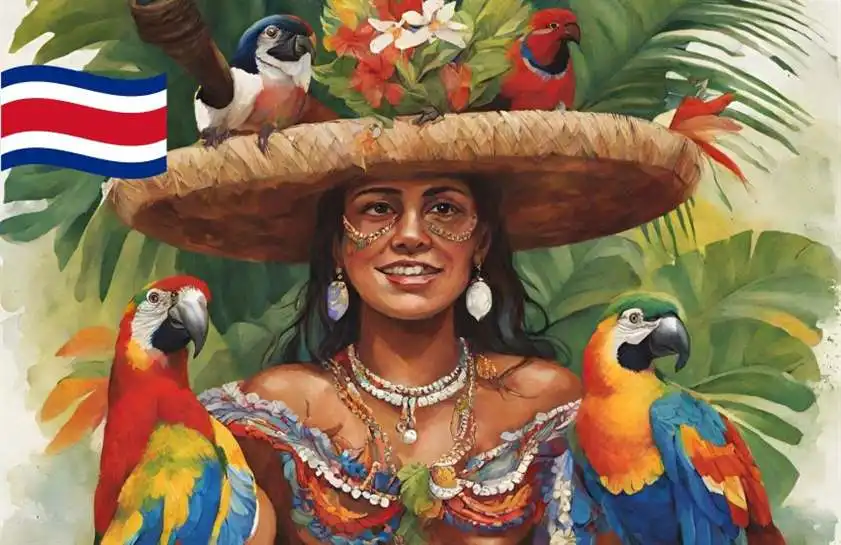
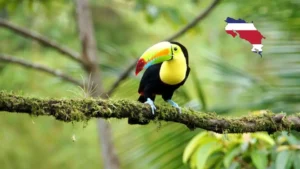
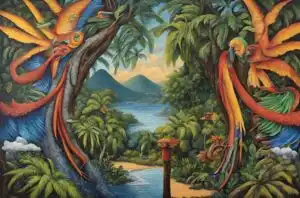
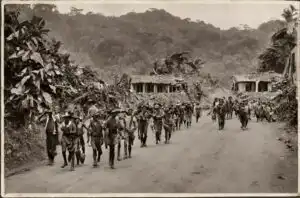



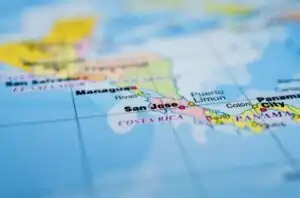
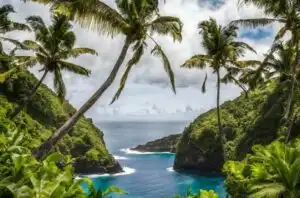
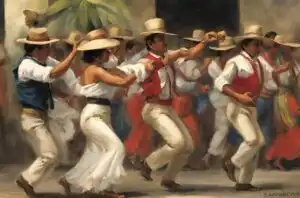

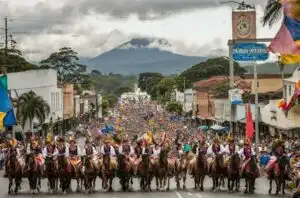
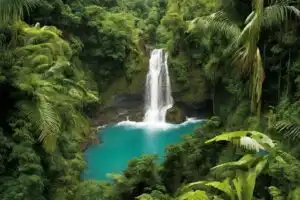


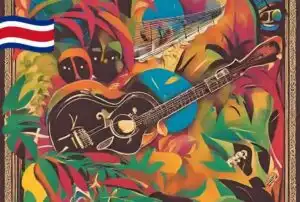
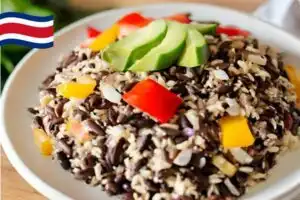

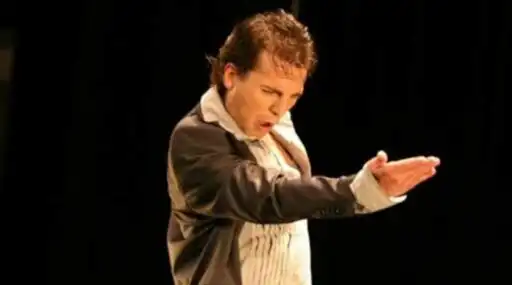
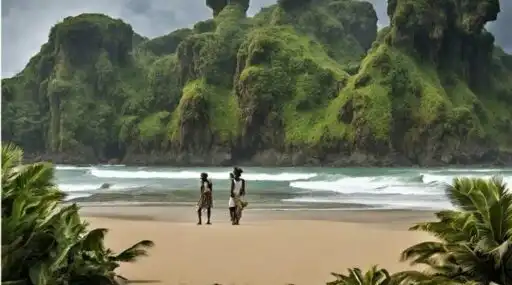
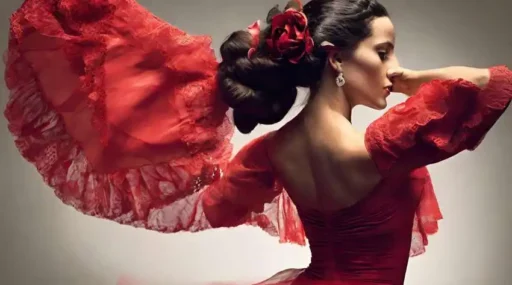
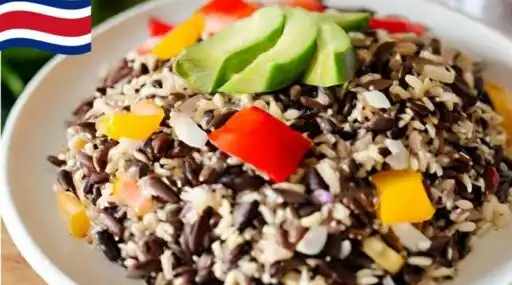
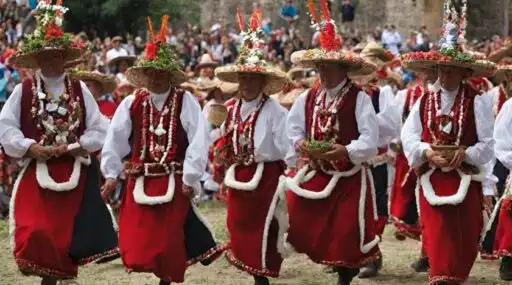
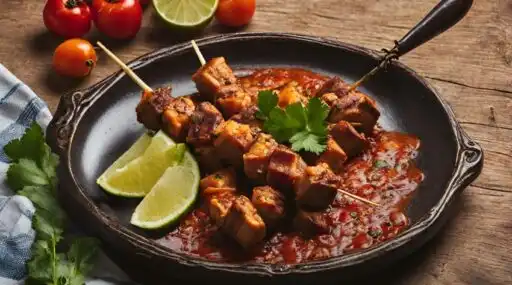
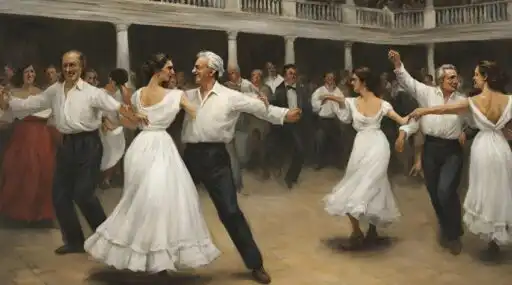

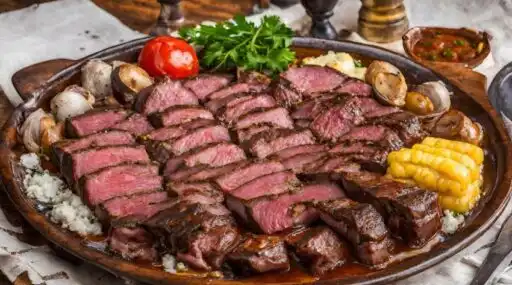
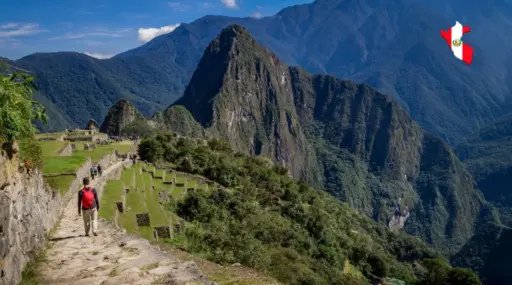
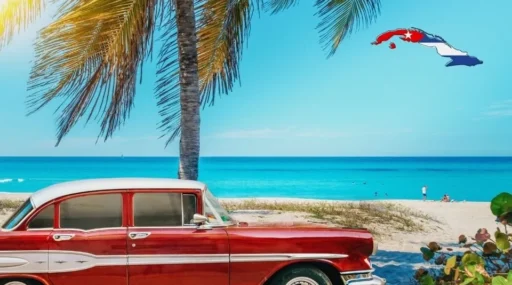
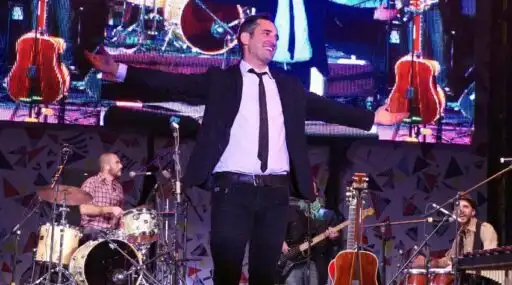



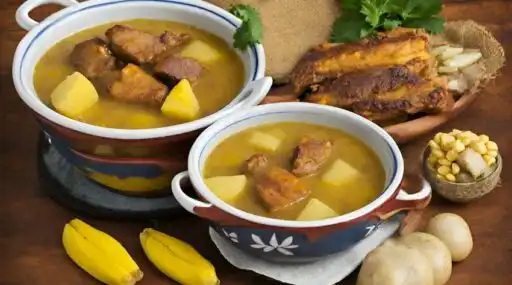
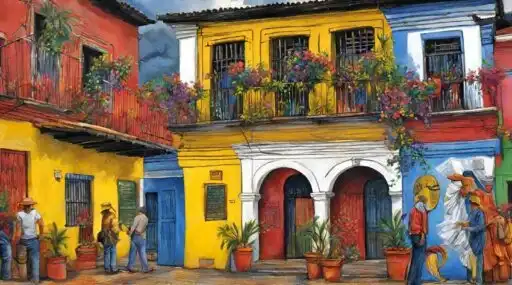

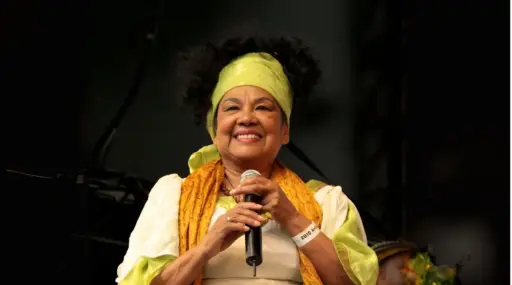
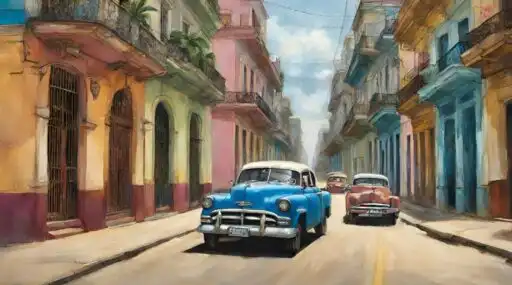
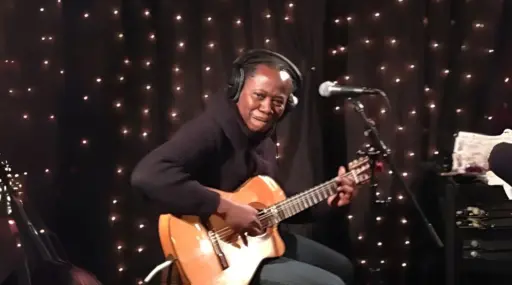
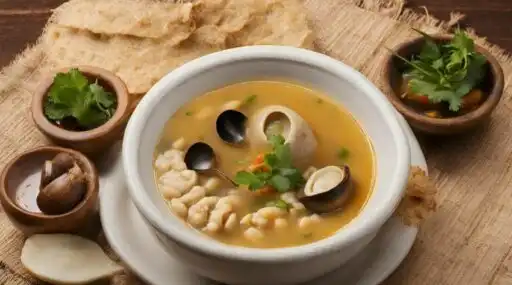
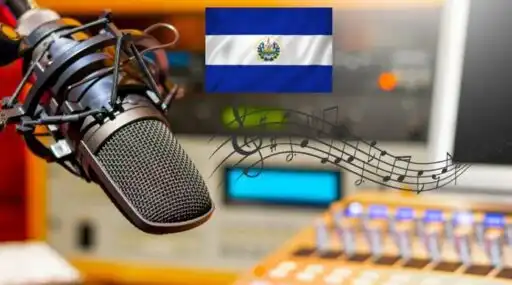
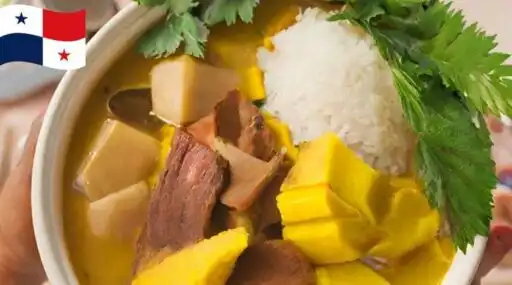
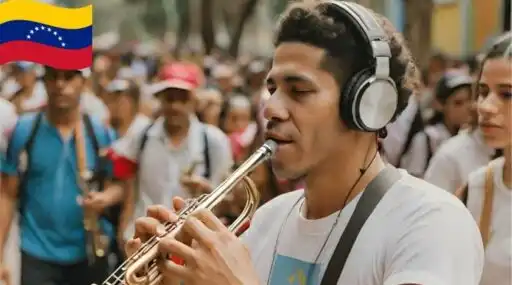
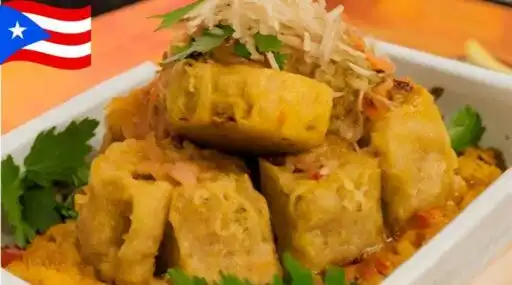

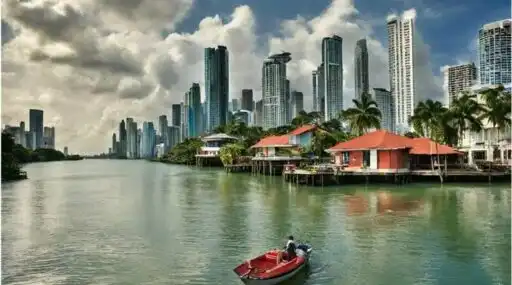
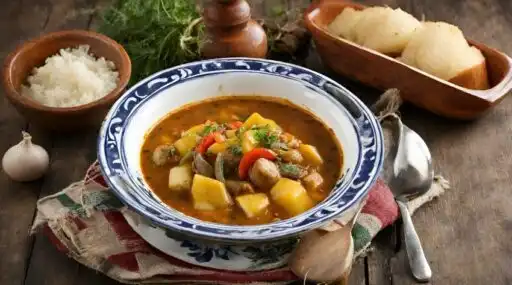
Leave a Reply